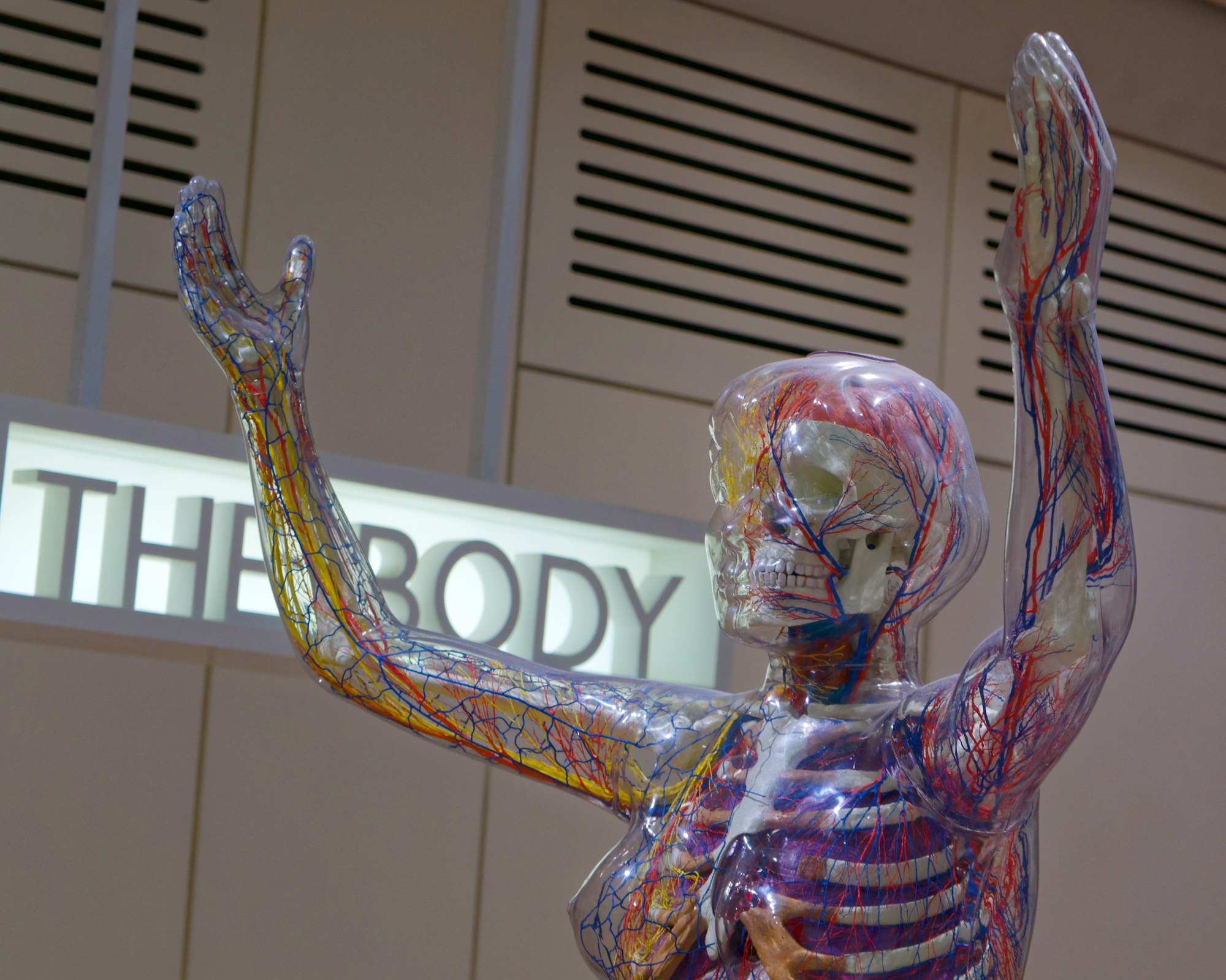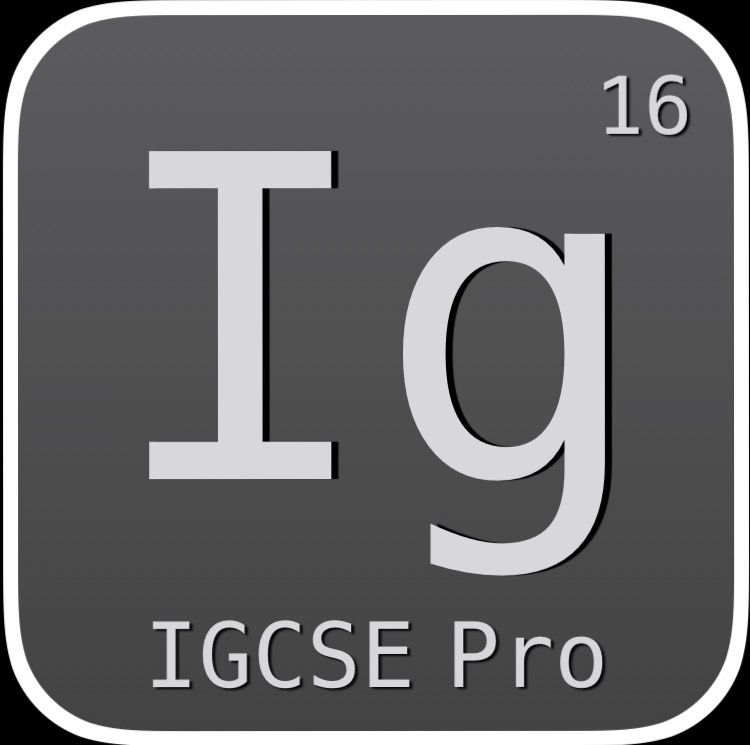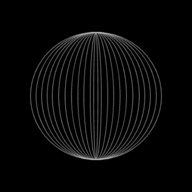Excretion in Humans 💩

Excretion is one of the seven life processes and is the process which means the removal of waste and toxic products form the body.
- A waste product of metabolic reactions is called as an excretory product.
- For example, Carbon dioxide is an excretory product of respiration.
Egestion
- All food we eat cannot be digested
- For example, cellulose in vegetables (fibre) cannot be digested in the human digestive system as we don’t have an enzyme called cellulase to digest it.
- So the cellulose simple passes through our digestive system, unchanged.
- Excreting undigested food is known as Egestion.
Urea
- Nitrogenous waste is formed from excess proteins and amino acids.
- Animals are not able to store this waste
- Excess amounts of the waste is broken down to form a nitrogen containing excretory product
- In mammals, this nitrogenous waste is known as urea.
How Urea is made
- Protein in food is taken in to the alimentary canal.
- Protein molecules are broken down to amino acids during digestion.
- The amino acids are absorbed into the blood and taken to the liver by the hepatic portal vein.
- Amino acids that are needed are released into circulation.
- Amino acids that are not needed are deaminated into carbohydrates and ammonia.
- The carbohydrate is converted into a polysaccharide called glycogen.
- The ammonia is converted into urea
- Urea is excreted by diluting it in water. The solution is now known as urine.
Parts of the Human Excretory System:
- Kidney (nephrons)
- Lungs (alveoli)
- Skin (sweat glands)
- Liver
Types of metabolic wastes
| Waste | Produced from |
|---|---|
| Carbon dioxide | Aerobic respiration |
| Water | Aerobic respiration |
| Salts | Metabolic activities |
| Nitrogenous wastes | Breakdown of excess amino acids |
Types of nitrogenous wastes
| Waste | Produced from | Toxicity |
|---|---|---|
| Ammonia | Breakdown of excess amino acids | Highly toxic |
| Urea | Breakdown of excess amino acids | Moderately toxic |
| Uric acid crystals | Breakdown of DNA and RNA | Minimally toxic |
| Creatinine | Waste product of muscle action | Minimally toxic |
Structure of the excretory system

Kidneys
Functions of Kidneys
- Excrete toxins and nitrogenous wastes
- Regulate chemical levels in the blood
- Maintain water balance
- Help regulate blood pressure
- Filter blood to remove cellular waste
Blood and urine flow:
- Blood enters the kidney via renal arteries
- Blood leaves the kidney via renal veins
- Wastes removed from blood leave kidney by the ureter
Other organs:
- Ureter: Long narrow tubes with expanded upper end (renal pelvis). Its function is to carry the urine produced from the kidneys, to the urinary bladder.
- Urinary bladder: Elastic muscular organ, capable of great expansion. Its function is to store the urine until it is released.
- Urethra: Its function is to carry the urine from the bladder to the outside of the body.
Parts of the Kidney
Nephrons
- The filtering units of kidneys are nephrons.
- There are approximately 1 million nephrons in each kidney.
- The nephrons are located within the cortex and medulla of each kidney.
- The tubes of the nephrons are surrounded by cells and a network of blood vessels spread throughout the tissue.
The Glomerulus
- The Glomerulus is a mass of thin walled capillaries.
- The Bowman’s capsule is a double walled cup shaped structure.
- The proximal tribule leads from the bowman’s capsule to the loop of Henle
- The loop of Henle is a long loop which extends into the medulla
- The distal tribule connects the loop of Henle to the connecting duct
Blood Filtering
- Blood enters the Bowman’s capsule through a tiny artery (the renal artery).
- The artery branches to form a Glomerulus.
- Blood pressure in the artery forces some blood plasma and some small particles into the surrounding capsule (this is called the nephric filtrate).
- Large particles such as blood cells and proteins remain in the capillary.
- The nephric filtrate is pushed out of the capsule and into the proximal tribule
- This is where reabsorption begins
- Only materials needed by the body are returned to the blood stream (for example, 99% of the water, all of the glucose and amino acids, and most of the salts are reabsorbed)
- The filtrate reaches the end of the proximal tribule
- Glucose and amino acids have been removed from the filtrate.
- The filtrate then moves to the loop of henle where water is again reabsorbed through osmosis.
Kidney Dialysis
When a person’s kidney stops functioning, a lot of excretory products start to build up in the person’s blood. To avoid this, the person can be treated using a kidney transplant operation, but the usual treatment is using kidney dialysis.

The Process:
- The person’s blood flows through the machine and back into his/her body.
- Inside the machine, the person’s blood is separated with a partially permeable membrane (like visking tubing) containing dialysis fluid.
- The fluid contains all the necessary components of blood and no urea in it
- This causes the urea in the person’s blood to diffuse into the partially permeable cell membrane, down their concentration gradients.
- This process usually continues till several hours.
Kidney Transplants
Most people under treatment using a dialysis machine would rather prefer treatment using kidney transplants as, the patient would suffer much less pain and it would enhance their quality of life.
Moreover, surgeons are even quite efficient at successfully conducting kidney transplants.
In a kidney transplant operation, the person donating the kidney is called the donor and the person receiving the kidney is the recipient.
However, the problem arises when the patient’s immune system recognizes the donor’s organ as foreign as the DNA in the donor’s organ and the patient’s cells do not match.
This leads to the patient’s WBCs attacking the ‘foreign’ organ and destroying it. This is known as immune rejection.
Hence it is crucial that the donor’s DNA is a close match with the patient’s cells.
To avoid immune rejection, the patient is prescribed immuno-suppressants in order to stop the immune system do its usual task. This makes the patient vulnerable to all kinds of diseases and the worst part is that the immuno-suppressant needs to be taken for life!
This is the end of this guide. Hope you enjoyed it! Thanks for using www.igcsepro.org! We hope you will give us a chance to serve you again! Thank you!
Next Topic:
Coordination - IGCSE Biology 2020-21 - IGCSE Pro
In this two part section of IGCSE Biology, we shall be covering the coordinationprocesses in Humans, through the nervous system and in Plants, through theconcept of tropisms Coordination in AnimalsCoordination is an important life process for living beings * Changes in an organism’s environmen…


